What is a swiss bar

The Swiss bar, also known as a football bar, has a distinctive design that sets it apart from traditional straight barbells. Its design features multiple parallel handles arranged in a hexagonal or rectangular shape, allowing users to choose from various grip positions. Here's a detailed look at its design:
Handles: The central feature of the Swiss bar is its multiple handles. These handles are parallel to each other and are oriented at different angles and widths. The most common Swiss bar designs have two sets of handles, one set with a neutral grip (palms facing each other) and another set with a wider grip. Some Swiss bars may have additional grip options, such as angled grips, allowing for even more variety in hand positions.
Hexagonal or Rectangular Frame: The handles are typically attached to a hexagonal or rectangular frame. This frame provides stability to the bar and allows for the different grip positions. The frame is often made of sturdy steel to withstand heavy weights.
Weight Sleeve: Like a traditional barbell, the Swiss bar has weight sleeves at the ends where weight plates can be loaded. These sleeves are designed to accommodate standard weight plates with a 2-inch diameter hole.
Knurling: Some Swiss bars have knurling on the handles to provide a better grip. Knurling consists of crosshatched patterns etched into the metal, which helps prevent slippage during lifting.
The primary purpose of the Swiss bar's unique design is to offer versatility in hand positions while performing exercises. This versatility allows users to target different muscle groups and reduce strain on the shoulders and wrists by choosing a grip that suits their comfort and training goals.
Why people invest a swiss bar
The Swiss bar typically has two or more sets of handles positioned at different angles and widths. These handles allow users to choose from a neutral grip (palms facing each other), wide grip, or various other grip widths, depending on their comfort and training goals. The variety of grip positions makes it a versatile tool for performing various upper body exercises. It can be used for bench pressing, overhead pressing, rows, curls, and more. Different grips target different muscle groups, making it suitable for a wide range of exercises. Besides, The neutral grip can reduce strain on shoulder or wrist while still allowing for effective strength training.
It is shoulder saver
The Swiss bar typically offers neutral grip handles, where your palms face each other rather than being in a pronated (overhand) or supinated (underhand) position. This neutral grip can be more comfortable for some individuals and reduces the stress on the shoulders and wrists compared to traditional straight bars.
It’s Very Versatile
Design with multiple handle positions allows you to target different muscle groups and add variety to your workouts. Here are some exercises you can do with a Swiss bar:
-
Bench Press
-
Overhead Press
-
Rows
-
Push-Ups
-
Deadlifts
-
Tricep Extensions
-
Bicep Curls
-
Lunges
-
Shrugs
-
Landmine Press
-
Carry Variations
-
Core Exercises
Help you be stronger
Concerning the Swiss bar, it proves highly effective for triceps development during neutral grip pressing movements. This can significantly benefit your straight bar bench press, especially if you face difficulties with the lockout phase.
The bar tends to exhibit mild instability, demanding a sustained tightness throughout the lift. Additionally, it can pose a substantial challenge to your stabilizing muscles and may require some adjustment when performing specific exercises.
Regardless of the scenario, incorporating the Swiss bar into your routine can result in substantial increases in strength.
More cost-effective
Swiss bars typically range in price from $100 to $300 or more, Olympic barbells also come in a range of prices. Basic Olympic barbells can start at around $100, while more advanced, higher-quality options can range from $200 to $600 or more. While it's not always the case that a Swiss bar is definitively cheaper than a traditional barbell, Factors like the bar's length, weight capacity, and materials (such as stainless steel or chrome) can influence the price. Besides, Swiss bars are often built to high-quality standards, which can make them more durable and longer-lasting. You may not need to replace them as frequently as cheaper traditional barbells.
How to use the swiss bar?
A Swiss bar, also known as a football bar or multi-grip bar, is a versatile piece of equipment that can be used for a variety of exercises beyond just bench pressing. Here are some other exercises you can do with a Swiss bar:

Overhead Press: Use the Swiss bar to perform overhead presses. The neutral grip handles can provide a comfortable and shoulder-friendly alternative to traditional barbell overhead presses.
Rows: Perform bent-over rows or seated rows with the Swiss bar to target your upper back, lats, and biceps. The various grip positions allow you to work different angles.
Push-Ups: Place the Swiss bar on the floor and use it as handles for push-ups. This can be gentler on the wrists and add variety to your push-up routine.
Deadlifts: Incorporate the Swiss bar into your deadlift routine to engage your posterior chain, including your lower back, glutes, and hamstrings.
Tricep Extensions: Attach a rope or handle to the neutral grip handles of the Swiss bar and use it for tricep extensions or pushdowns on a cable machine.
Bicep Curls: Perform bicep curls with the Swiss bar. You can use a straight or neutral grip to target different parts of the biceps.
Lunges: Hold the Swiss bar on your back while performing walking lunges or stationary lunges to work your legs and glutes.
Shrugs: Target your upper traps with shrugs using the Swiss bar. Hold the bar with a neutral grip in front of you and perform upward shrugging motions.
Landmine Press: Secure one end of the Swiss bar in a landmine attachment or corner and perform landmine presses. This exercise is excellent for shoulder development.
Carry Variations: Incorporate Swiss bar farmer's carries, overhead carries, or suitcase carries to work on grip strength, core stability, and overall strength.
Core Exercises: Use the Swiss bar for core workouts such as Russian twists or woodchoppers, engaging your obliques and abdominal muscles.
Single-Arm Movements: Perform single-arm rows, single-arm overhead presses, or single-arm curls with the Swiss bar to challenge your stability and balance.
Bent-Over Raises: Target your rear deltoids by performing bent-over lateral raises with the Swiss bar.
MIKOLO SWISS BAR
Material: Made of Alloy Steel,Finished in our Mikolo signature black powder coat. Totally in 26.5lbs, could load up to 350lbs
Handles: Including six angled handle. Both in 28mm handgrip diameter, which is considered the standard size for most Olympic barbells, as it provides a good balance between grip comfort and stability. The close grip emphasizing the triceps and a wide grip targeting the pectoral muscles.
Rectangular Frame: Length in 39.8", width in 7.5", equipped with two sets of neutral grips (palms facing each other), and one angled set in closer grip position.
Weight Sleeve: 14” length, 50mm for each sleeve.

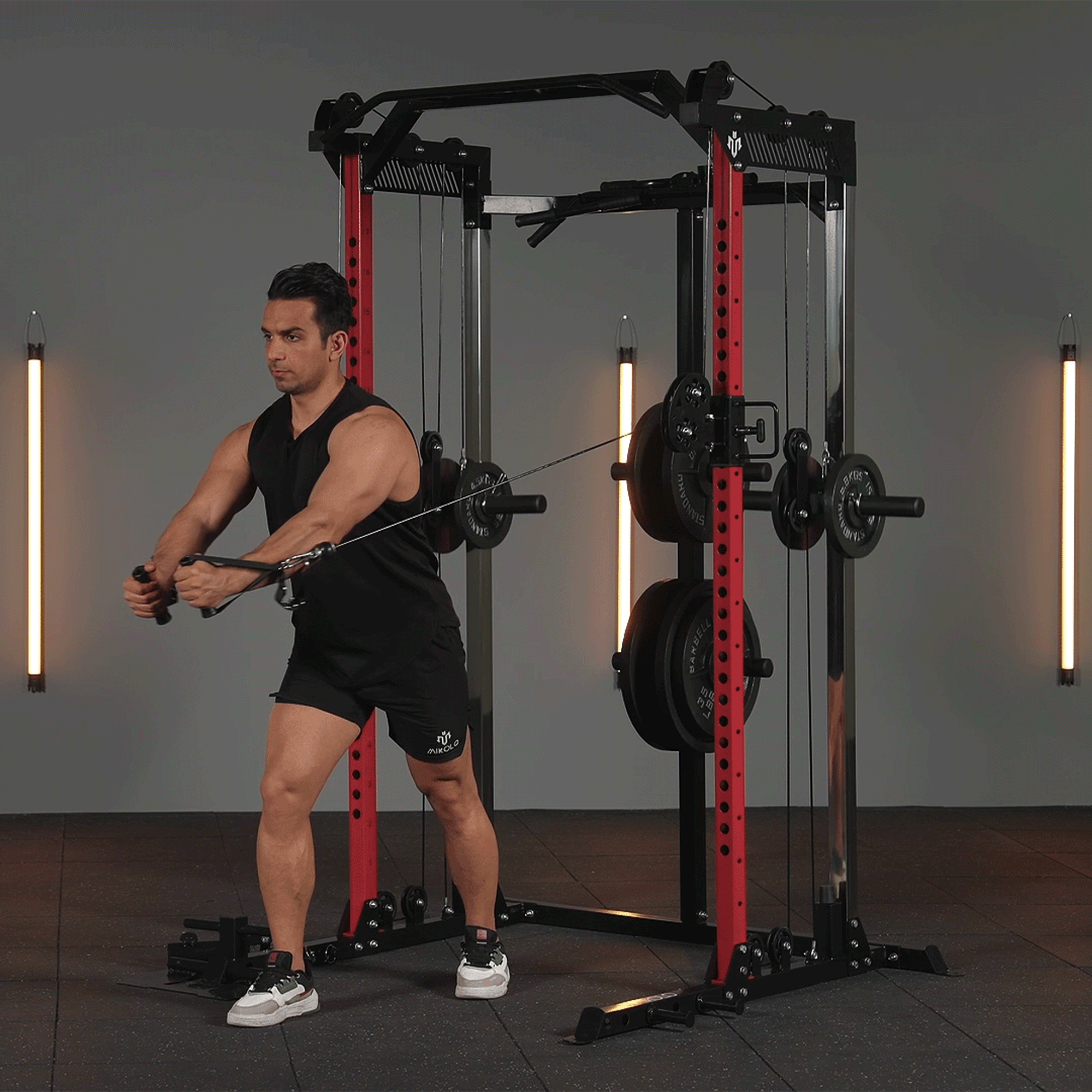



















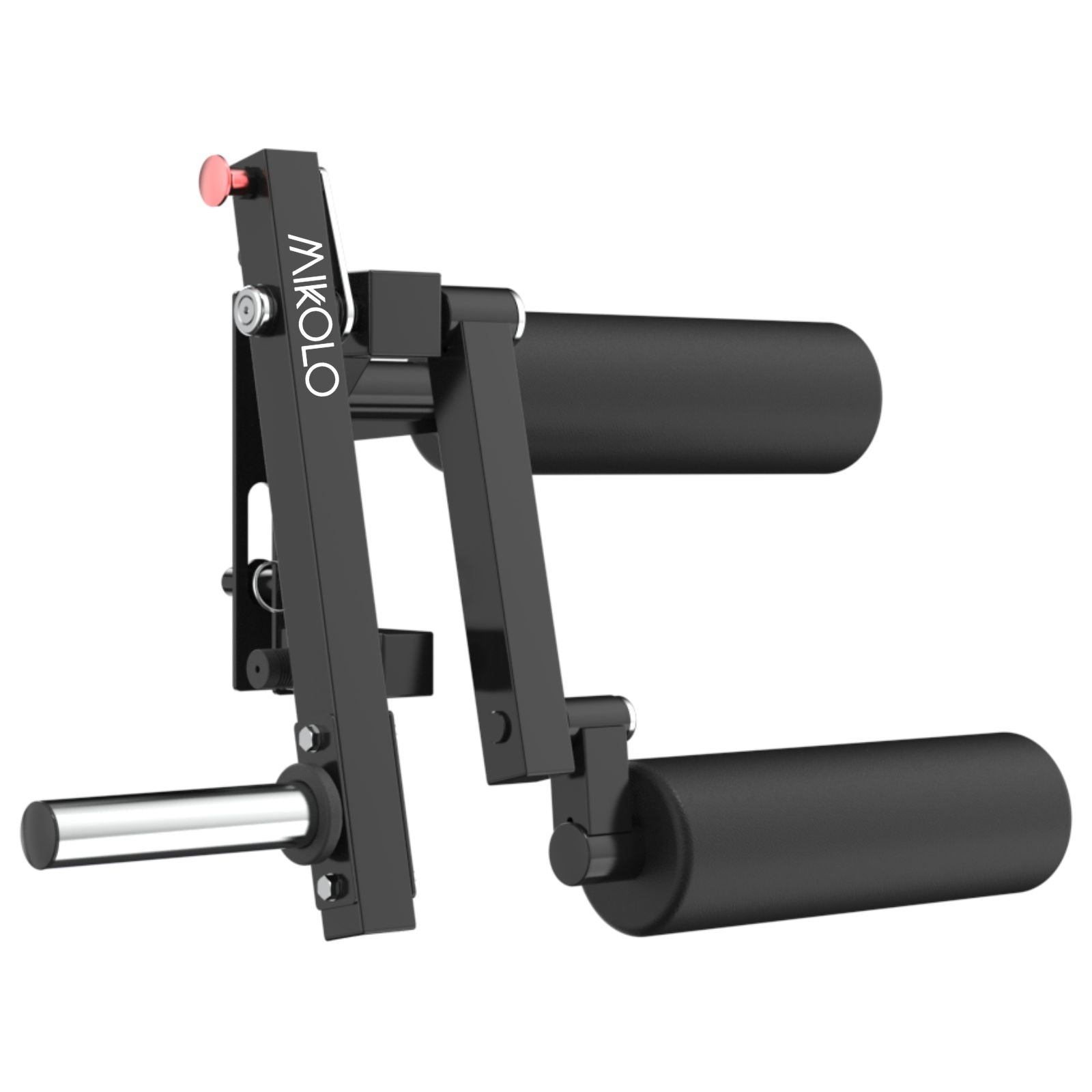















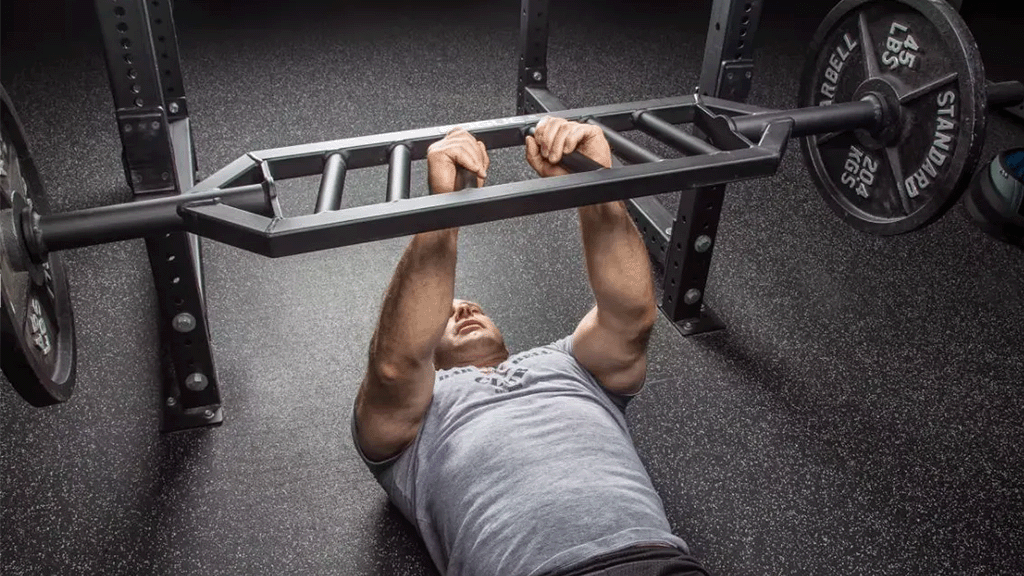

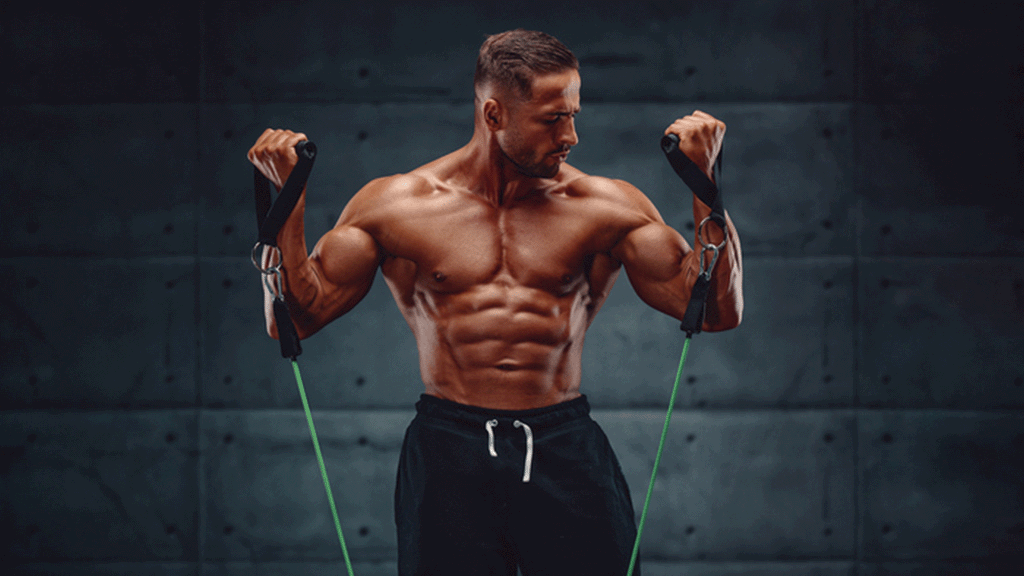
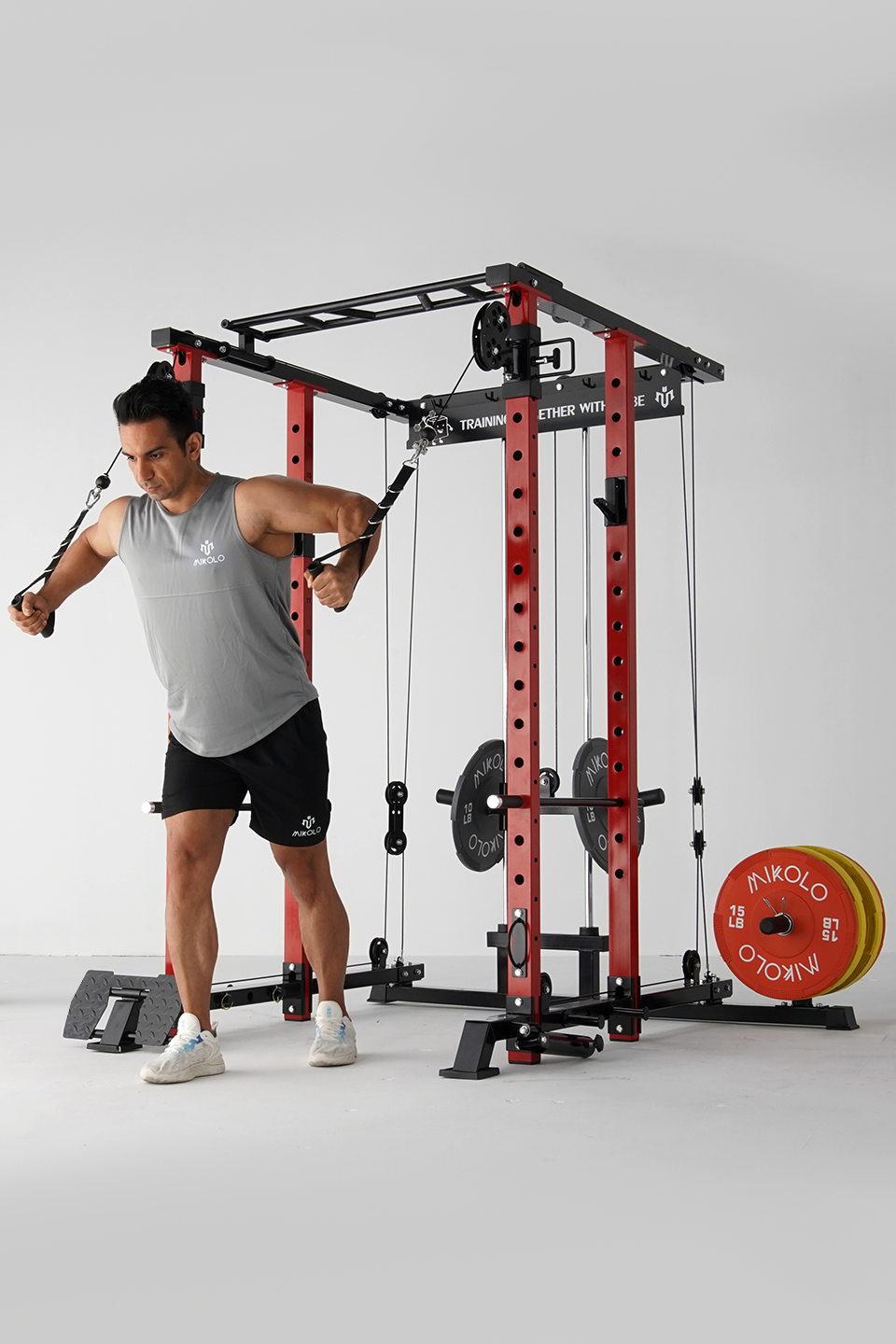
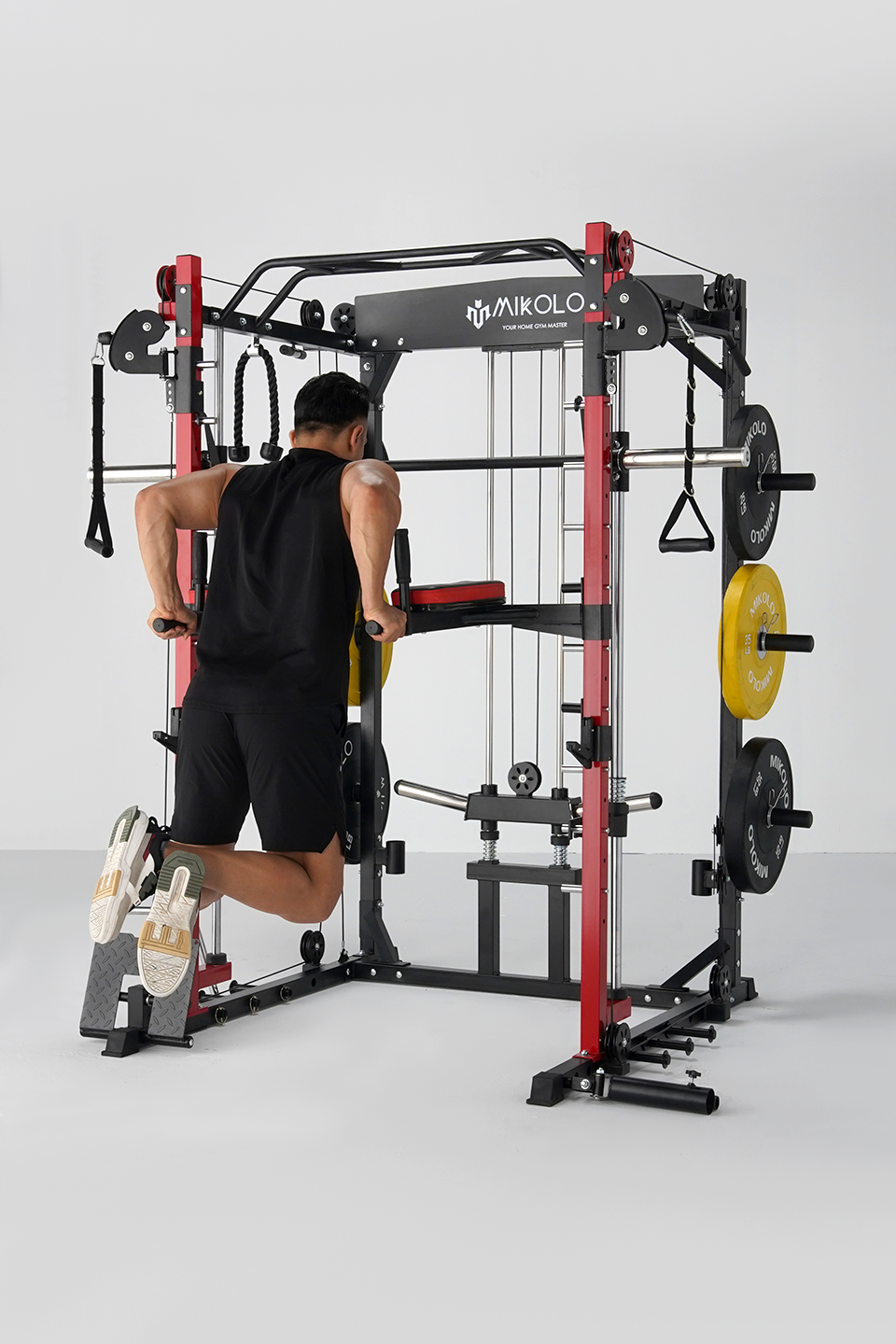


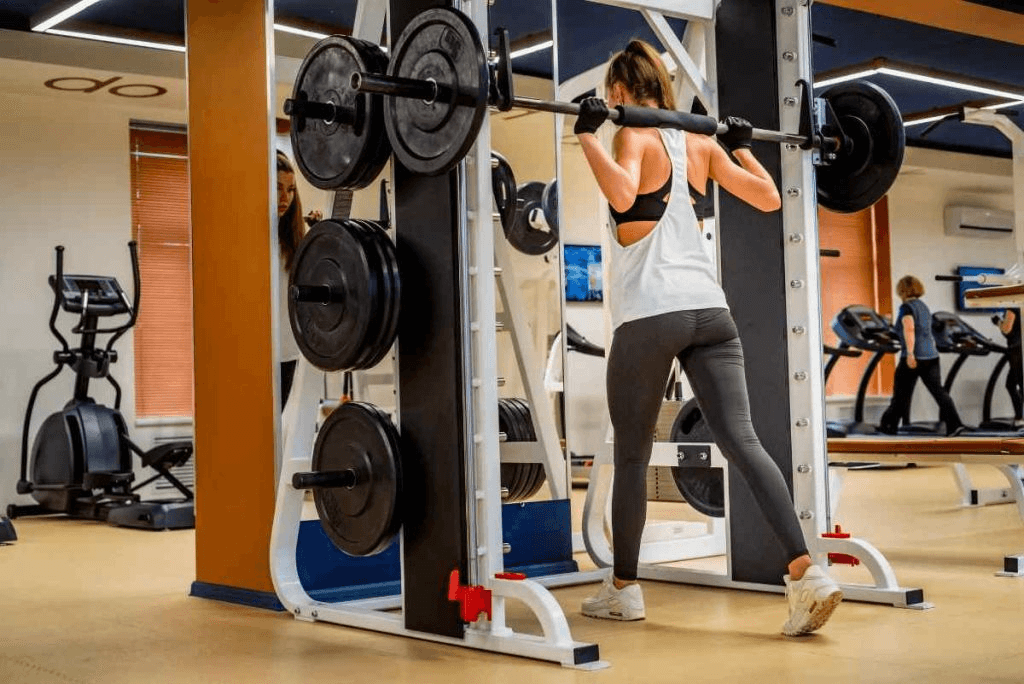
Leave a comment
This site is protected by hCaptcha and the hCaptcha Privacy Policy and Terms of Service apply.